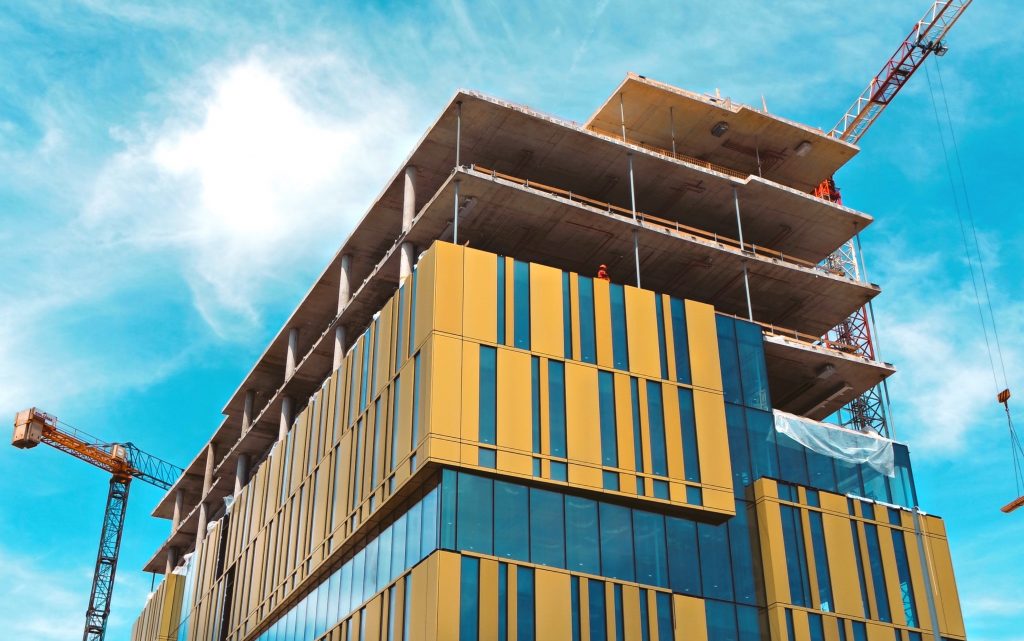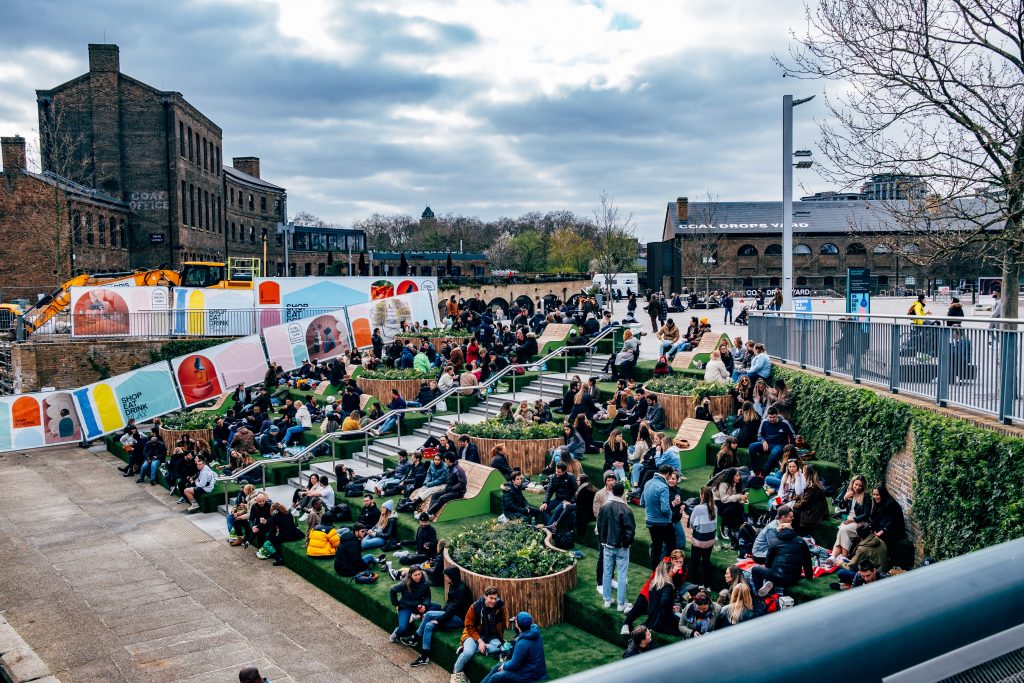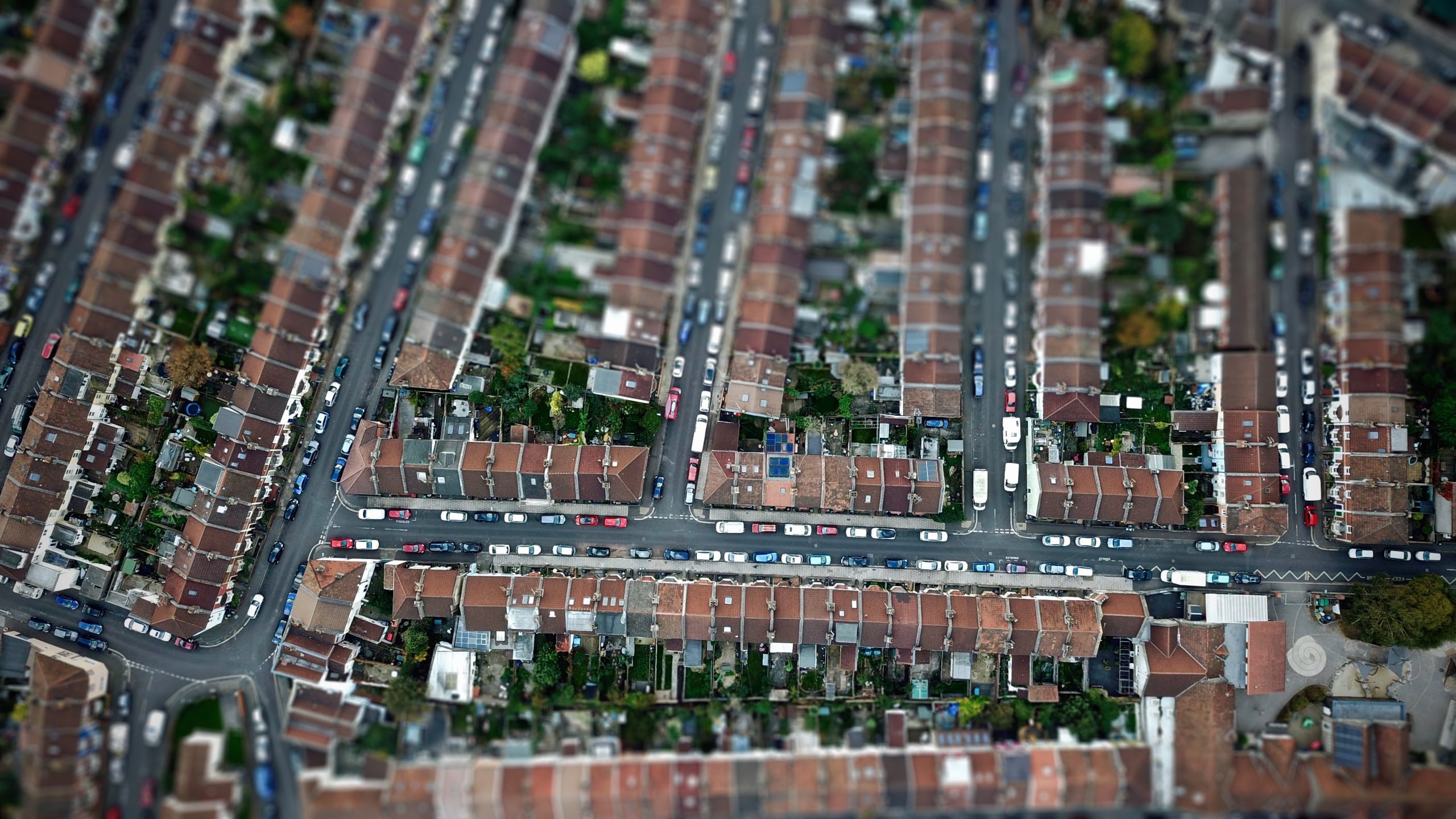In order to advance the UN’s Sustainable Development Goals by 2030 and reach net zero emissions by the mid-century, we all need to embrace new social, environmental and economic models – and we need to innovate at speed and with care.
With this in mind, I have been speaking with leading figures working at the intersection of people, place and sustainability to find out what can be done to achieve sustainable urban futures.
Dan Cook is CEO of the Active Building Centre, which is working to accelerate the UK’s drive towards net zero carbon by transforming the way buildings are powered and heated. For more than two decades he has worked across fields including climate and biodiversity action, sustainability, equity and planning, in Australia, Asia, Latin America and the UK.
Read on to find out which cities Dan thinks are trailblazing in sustainability, who inspires him and why innovation shouldn’t always mean focusing on the new.

From your experience of working at the intersection of people, place and sustainability for a number of years, have you seen a change of approach from governments towards sustainable urban futures?
I have, and I started to notice that happening in the couple of years before the pandemic. I participated for many years as part of the Singapore Government World City Summit Young Leaders’ Forum and got to see some cities that are trailblazers for sustainability.
Suzhou in China, a city to the west of Shanghai and bordering the Yangtze River, is an old, traditional city that has some of the original canal systems. It’s quite low-lying, and as it has expanded spatially, it’s had to do so with the consideration of the existing water infrastructure. Suzhou really does have all those smart city principles embedded in it, for example intelligent energy and transport systems, and was probably one of the early leaders in sustainability in terms of cities in the word.
In Medellin in Colombia – one of the other winning cities from the World City Summit competitions – its new city strategy had landscape and greening the city as one of the top initiatives. But not only were they greening the city and turning over space from cars to green space, they were building across the river. Previously, all the roads and rail were down the bottom of the valley – the cheapest place to build – so they created new land bridges to enable connectivity between two sides of the city that wasn’t there before.

It also integrated circular economy principles, like recycling, to the public transport, using cable cars because it ends up being the cheapest and most efficient way of getting people to the heights of very steep hills and gives informal settlements and communities access to public transport and safe modes of travel. It’s been groundbreaking from a social perspective, linking technology, environment and city planning. You can see the massive benefits for communities out of some of those approaches that are coming in.
All of Singapore’s public housing has smart technology. By their own admission, it isn’t top-end because it’s community and government housing; but within their budget, they try and put those principles of using good design to orient buildings to get the benefits from solar access, minimise the impacts of storm events or typical weather patterns in a location, embed things like sustainable drainage and put urban farming on top of hospitals. That does a lot for social good in terms of bringing communities together, particularly the ageing community.
We are starting to see cities take more integrated steps. It’s not one thing or another, it’s how whole systems operate in a positive way in a city-based environment.
What examples of great initiatives have you seen? Could be policy, public action, a research programme, corporate activity, new economic models…?
The other thing that’s starting to change is, from the Fridays for Future movement you’re seeing a whole new generation – definitely across parts of Europe and certain Western economies – voting with environment and climate on a much higher agenda.
If you look at Germany, Norway and even the recent Australian elections, they have all had significant performances by the Green parties, as well as centre left parties in those countries, with climate starting to dominate many of the policy discussions. You see the same in the UK in terms of both sides of politics having ambitious climate goals. It’s not just at the fringe, it’s becoming the mainstream. That’s a reflection that future generations are starting to recognise that the time to act is very much now.
Some of the big sectors that might have been slow to act in the past are also starting to lift their game. In the finance sector, there are groundbreaking changes with the Task Force On Climate-Related Financial Disclosures and listed companies in the UK need to report late climate disclosures in terms of the impacts on climate.

If a company has 60% of its ESG rating traditionally based on its buildings and real estate stock, and its choice of buildings take up 40% of climate emissions, you can see there’s a massive role still for the built environment sector to tackle both the embodied carbon issues as well as carbon emissions from the energy they use in terms of land use.
It’s been good to see new standards and measurement around embodied carbon. The University of Bath has the database for embodied carbon now so at a sector-wide basis there’s data collection as well. Those sorts of things will make a big difference in people being able to make good choices as to what sort of built assets they want going forward.
Who or what inspires you and why?
One of the things that really drives me and always has, is making a difference in whatever I do; I’m always on the lookout for how I can make a positive difference to wider society.
I was back in Australia for a little while over Christmas and some of the recent Australians of the Year – Grace Tame advocating for survivors of sexual assault and Dylan Alcott as a disability advocate – have been fantastic in making social change happen.
But when you look also at the environmentalist movement and Greta Thunberg, you’ve got a whole generation who have been influenced by strong young advocates who aren’t happy with the status quo and really want to see change happen. That’s encouraging for the future.
How do you see digital technologies enabling innovation for urban futures (near-term as well as mid-long)?
When people talk about innovation, they often get focused on the new. But equally, innovation has got to be around how you make better from the things that already exist. Sometimes the combination of different things together is where the real innovation can come from – not always needing groundbreaking technology.
The active buildings technology sector I’m in is combining solar and renewable forms of energy, looking at the use of battery storage and efficient tools to manage the energy within a building. But going beyond that to look at what the right mix of energy need and usage is in a building and then providing a solutions-based, whole house, whole energy system approach.
There clearly is potential for bringing different disciplines together to create better solutions for people that can help deal with the current energy crisis we have, such as the combination of energy technologies with Internet of Things and machine learning. There are still some privacy and data issues to manage in that space in terms of users of buildings; ways and means of integrating different types of technologies and servicing them is a big challenge ahead.

Fast-tracking tech innovation has been defined by a ‘make things fast and break them’ mentality underpinning practice. This has proven really unhelpful in many ways and has been discredited by many – although the approach persists. When launching tech-enabled products into the public realm , how can we fast-track innovation in ways that do not cause negative disruption and harm to members of the public?
Putting a lens on this through the role I’m in, with buildings you have to take care. Buildings are a special case in that people live in them and they need to be safe, but capacity for testing and trialling new technologies in safe and controlled spaces is essential.
My organisation’s doing that with some different demonstrator homes for different types of low carbon energy and different combinations of energy technologies – both for housing and sets of buildings scaled for commercial and industrial sites. We’re looking at different combinations of technology that enable people to generate electricity, store it and potentially sell it back to the grid. We’re also working with social housing providers to make sure they can design new builds or retrofits that create energy positive communities, which should help reduce cost of living in terms of getting that innovation delivered at scale.
The flipside of this is that we’re going to need a different set of skilled people to be effective in driving innovation – from the professional and technical trade side through to consumers knowing how to use different types of technologies that might not have been in their homes growing up. So there’s also a big opportunity for showcasing new technologies to communities in different ways, whether through demonstration projects in community buildings or teaching kids in schools.
There’s a massive skills gap we’ve got to deal with and a massive transition to make sure people are trained on a wider set of technologies. One of the innovations for data technology and buildings has to be people learning to deal with whole systems.
Which organisations do you feel are doing the most exciting and impactful work regarding environmental sustainability?
Being in the UK since 2007, I have done a lot on climate change policy and sustainability policy and was always impressed by the UK Green Building Council, which was relatively new in that period. It was small and always punched above its weight; it ran on a very agile system of growing lots of project groups and people involved with it.
More recently, off the back of the Fridays for Future movement, younger professionals have also organised LETI in London, which is a group of environmentally-conscious professionals from all different disciplines. They have done all sorts of different things to accelerate change among a wide range of built environment professionals – everything from design, planning, architecture, engineering, surveying.
In terms of speed to act, there’s always a risk if you don’t have the evidence base or research undertaken so speed versus quality can be something to watch in this space. But the passion and hunger for change is coming through organisations like LETI and it’s impressive to see how much is being achieved at pace by organisations. People want to see action and that’s what’s driving people’s involvement.

I am currently leading a research project for the NHS that explores digital placemaking to support health and wellbeing in London. What do you see as the critical aspects of city living that can enhance people’s relationships with their neighbourhoods?
Neighbourhoods where people can access good, well-paid work, can afford the accommodation, childcare and services they need, and have access to green space, are some of the critical elements for living these days.
The neighbourhoods that go well are those that also then have support for those who need it when they need it. Whether that be people from migrant backgrounds who have language challenges, people with disabilities who need care and support, or ageing populations who need help with mobility, those caring communities and those that have social networks that help are critical for places that do well versus those that don’t.
Sporting clubs and groups as well quite often provide a sense of community in major cities. For wellbeing purposes, all of those things matter in terms of people being able to be fit and healthy, to be able to afford things at a time where cost of living is putting a big pressure on people. A number of different things need to be right in a city to make them work.
Thank you Dan for sharing your time and insights. It’s really encouraging to hear so much positivity.
Contact us to make your sustainable digital initiatives a successful reality.








